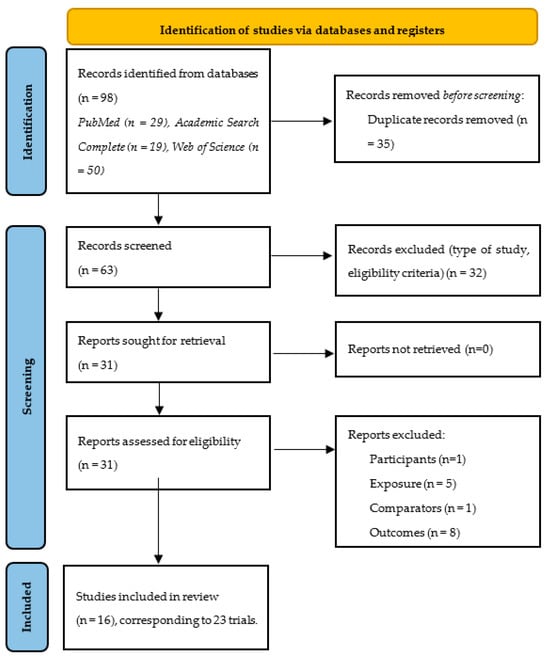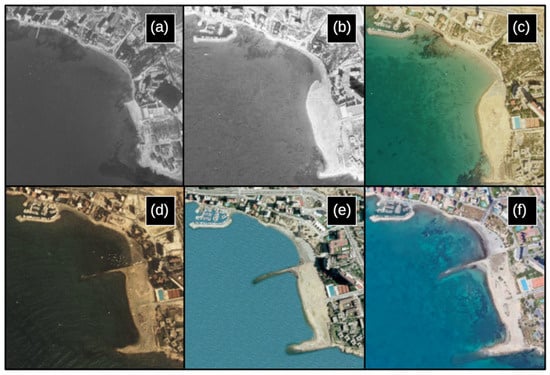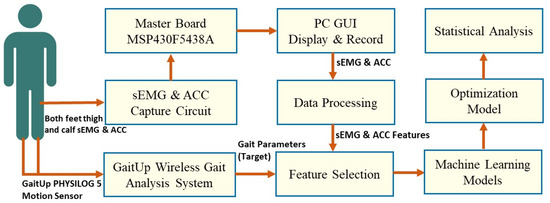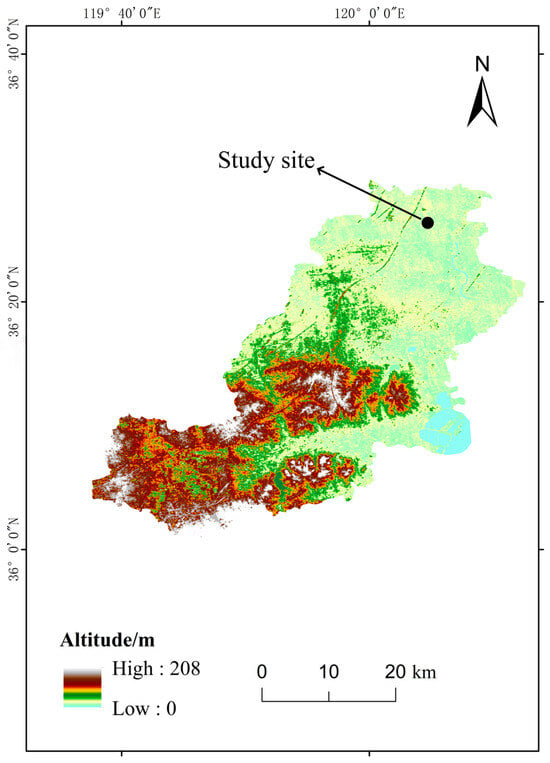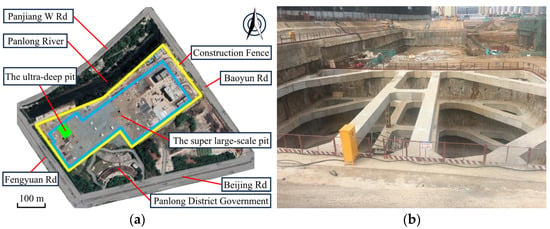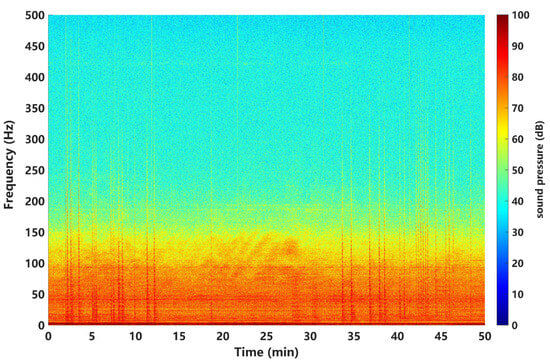Obesity is a major global health concern linked to cognitive impairment and neurological disorders. Circulating brain-derived neurotrophic factor (BDNF), a protein crucial for neuronal growth and survival, plays a vital role in brain function and plasticity. Notably, obese individuals tend to exhibit lower
[...] Read more.
Obesity is a major global health concern linked to cognitive impairment and neurological disorders. Circulating brain-derived neurotrophic factor (BDNF), a protein crucial for neuronal growth and survival, plays a vital role in brain function and plasticity. Notably, obese individuals tend to exhibit lower BDNF levels, potentially contributing to cognitive decline. Physical exercise offers health benefits, including improved circulating BDNF levels and cognitive function, but the specific impacts of acute versus regular exercise on circulating BDNF levels in obesity are unclear. Understanding this can guide interventions to enhance brain health and counter potential cognitive decline in obese individuals. Therefore, this study aimed to explore the impact of acute and regular physical exercise on circulating BDNF in individuals with obesity. The target population comprised individuals classified as overweight or obese, encompassing both acute and chronic protocols involving all training methods. A comprehensive search was conducted across computerized databases, including PubMed, Academic Search Complete, and Web of Science, in August 2022, following the Preferred Reporting Items for Systematic Reviews and Meta-Analyses (PRISMA) guidelines. Initially, 98 studies were identified, from which 16 studies, comprising 23 trials, met the selection criteria. Substantial heterogeneity was observed for both acute (I
2 = 80.4%) and long-term effects (I
2 = 88.7%), but low risk of bias for the included studies. A single session of exercise increased circulating BDNF levels among obese patients compared to the control group (ES = 1.25, 95% CI = 0.19 to 2.30,
p = 0.021). However, with extended periods of physical exercise, there was no significant increase in circulating BDNF levels when compared to the control group (ES = 0.49, 95% CI = −0.08 to 1.06,
p = 0.089). These findings highlight the need to consider exercise duration and type when studying neurobiological responses in obesity and exercise research. The study’s results have implications for exercise prescription in obesity management and highlight the need for tailored interventions to optimize neurotrophic responses. Future research should focus on elucidating the adaptive mechanisms and exploring novel strategies to enhance BDNF modulation through exercise in this population. However, further research is needed considering limitations such as the potential age-related confounding effects due to diverse participant ages, lack of sex-specific analyses, and insufficient exploration of how specific exercise parameters (e.g., duration, intensity, type) impact circulating BDNF.
Full article
 IJMS
IMPACT
IJMS
IMPACT Applied Sciences
IMPACT
Applied Sciences
IMPACT Sustainability
IMPACT
Sustainability
IMPACT Sensors
IMPACT
Sensors
IMPACT JCM
IMPACT
JCM
IMPACT Materials
IMPACT
Materials
IMPACT Molecules
IMPACT
Molecules
IMPACT Energies
IMPACT
Energies
IMPACT Electronics
IMPACT
Electronics
IMPACT Remote Sensing
IMPACT
Remote Sensing
IMPACT Cancers
IMPACT
Cancers
IMPACT Nutrients
IMPACT
Nutrients
IMPACT Mathematics
IMPACT
Mathematics
IMPACT Foods
IMPACT
Foods
IMPACT Buildings
IMPACT
Buildings
IMPACT Polymers
IMPACT
Polymers
IMPACT Animals
IMPACT
Animals
IMPACT Water
IMPACT
Water
IMPACT Plants
IMPACT
Plants
IMPACT Agronomy
IMPACT
Agronomy
IMPACT Biomedicines
IMPACT
Biomedicines
IMPACT Processes
IMPACT
Processes
IMPACT Microorganisms
IMPACT
Microorganisms
IMPACT Diagnostics
IMPACT
Diagnostics
IMPACT Nanomaterials
IMPACT
Nanomaterials
IMPACT Viruses
IMPACT
Viruses
IMPACT Medicina
IMPACT
Medicina
IMPACT Healthcare
IMPACT
Healthcare
IMPACT Cells
IMPACT
Cells
IMPACT Forests
IMPACT
Forests
IMPACT Agriculture
IMPACT
Agriculture
IMPACT Land
IMPACT
Land
IMPACT JMSE
IMPACT
JMSE
IMPACT IJERPH
IJERPH
 Symmetry
IMPACT
Symmetry
IMPACT Genes
IMPACT
Genes
IMPACT Pharmaceutics
IMPACT
Pharmaceutics
IMPACT Coatings
IMPACT
Coatings
IMPACT Micromachines
IMPACT
Micromachines
IMPACT Pharmaceuticals
IMPACT
Pharmaceuticals
IMPACT Atmosphere
IMPACT
Atmosphere
IMPACT Children
IMPACT
Children
IMPACT Religions
IMPACT
Religions
IMPACT Antioxidants
IMPACT
Antioxidants
IMPACT Life
IMPACT
Life
IMPACT Metals
IMPACT
Metals
IMPACT Biomolecules
IMPACT
Biomolecules
IMPACT Vaccines
IMPACT
Vaccines
IMPACT Education Sciences
IMPACT
Education Sciences
IMPACT Minerals
IMPACT
Minerals
IMPACT Horticulturae
IMPACT
Horticulturae
IMPACT Brain Sciences
IMPACT
Brain Sciences
IMPACT JPM
IMPACT
JPM
IMPACT Bioengineering
IMPACT
Bioengineering
IMPACT






